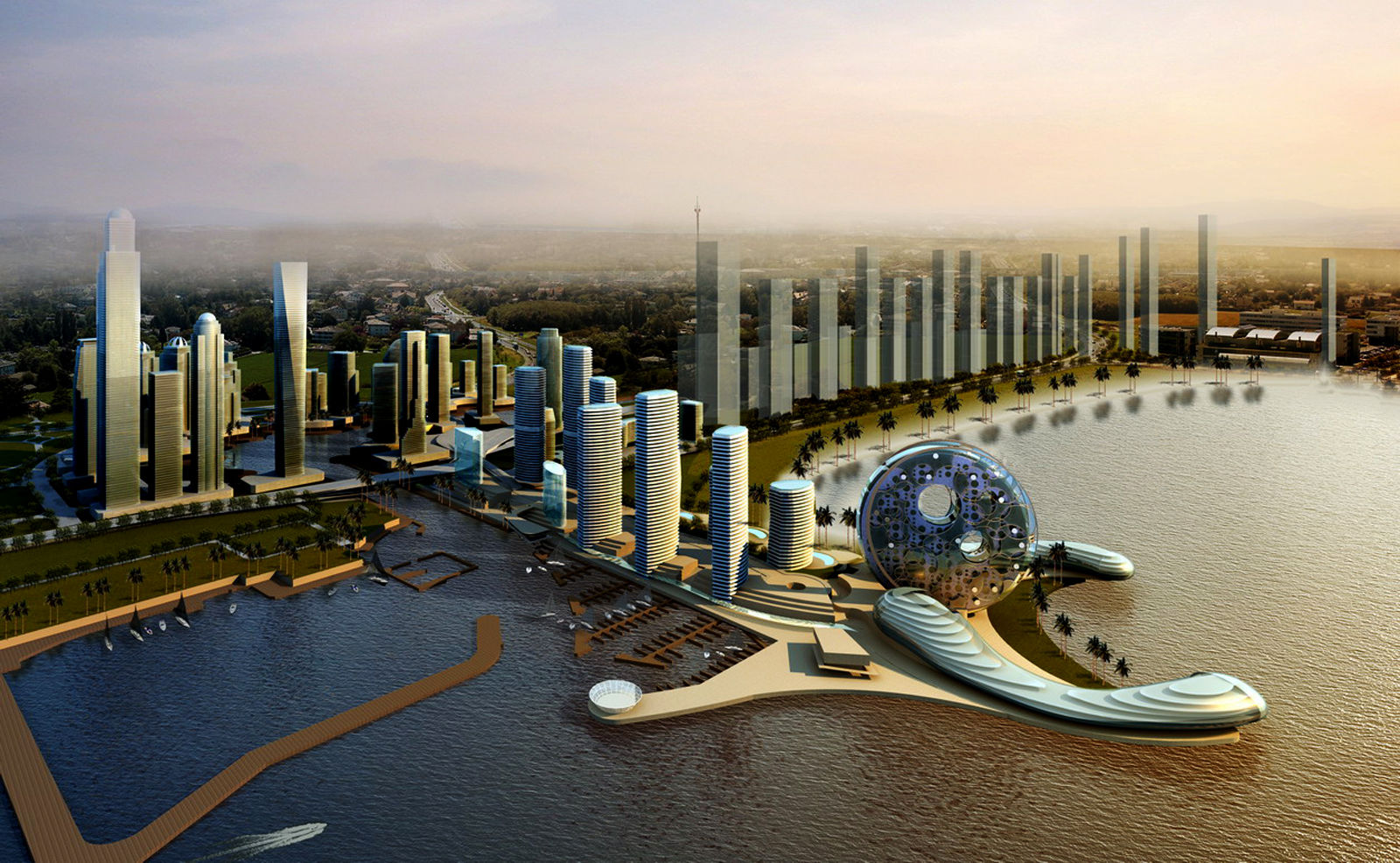
Futuristic Buildings
FB | Today's Technology is Solving Yesterday's Problems

The concept of people residing on the water has been practiced for centuries especially in South East Asian regions such as Hong Kong and Malaya. With many of these countries being closely situated to water bodies, it provided an inexpensive housing alternative to the less affluent sectors of society.
Being viewed as a temporary means of lodging, floating homes were usually constructed from scraps of discarded building materials and provided only basic shelter from the elements. Many of the buildings' support structure were neglected making these floating homes flimsy and potentially dangerous for its inhabitants. With few amenities available, conditions in these homes were commonly unsanitary and became the breeding ground for many water borne diseases such as Cholera and Typhoid Fever. Water pollution also another huge concern that plagued families as the majority of its dwellers discharge untreated waste and refuse into the surrounding waters. This not only made the area unsightly but it posed health risks to those who depended on it for consumption .
Despite the dilapidated conditions, the rivers were greatly embraced by communities and it served as an indispensable part of their livelihood. To the unemployed, the river provided the people with an endless supply of free fresh food such as fish, freshwater crabs and shrimps. Many unable to find jobs on land also set up small businesses in boats trading goods and produce with one another.
An example of these vibrant ecosystems can still be seen in many underdeveloped countries till this day. One such instance is the Mekong River that rises from China’s Yunnan province and flows to different regions such as Myanmar, Laos, Thailand, Cambodia and Vietnam. It supports more than 70 million people, and many are dependent on this river and its tributaries for food, water, transport and most importantly, shelter.

History
 |  |  |
|---|---|---|
 |  |  |